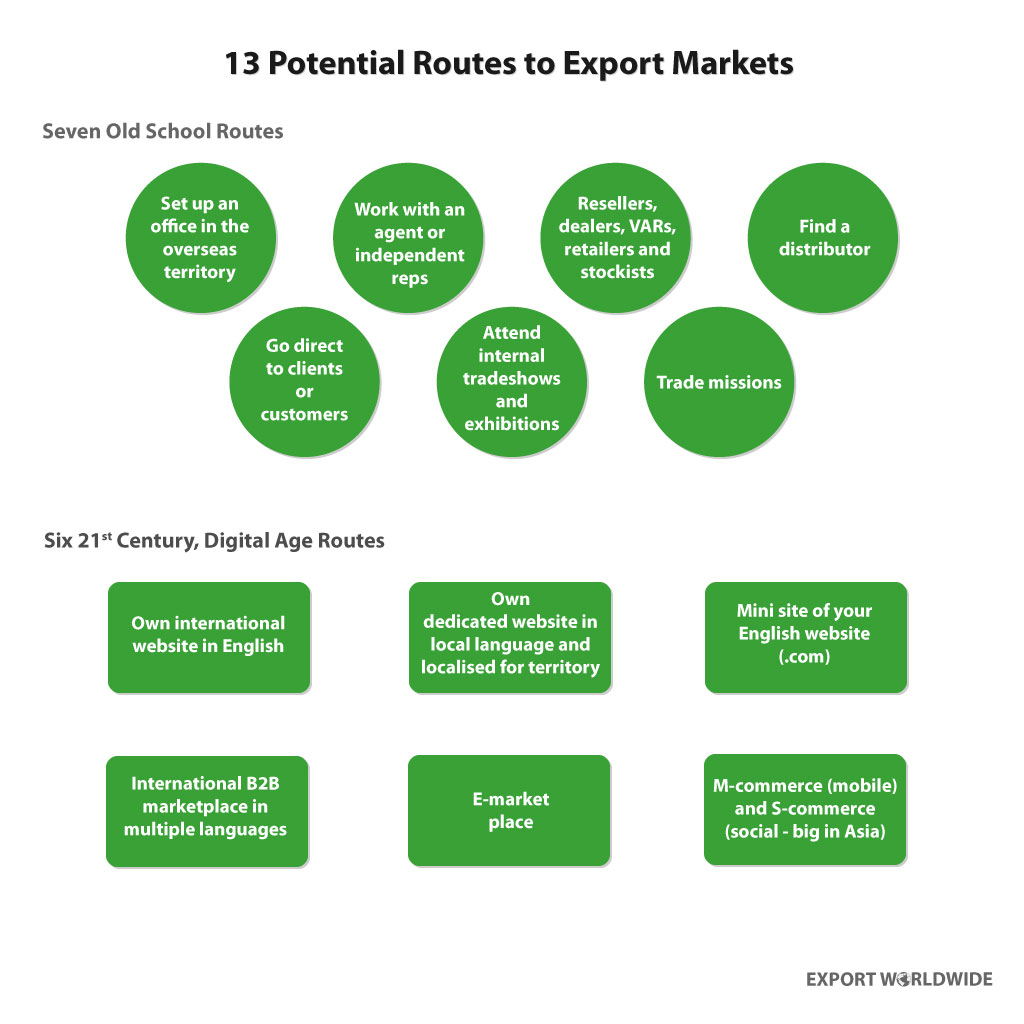Also in the news...
Prove your English language abilities with a secure English language test (SELT)
For visa or citizenship applications, you may need to prove your knowledge of English by passing a secure English language test (SELT).
UK and Nigeria Enhanced Trade and Investment Partnership arrangement
The Enhanced Trade and Investment Partnership (ETIP) sets out the UK and Nigeria’s priorities for future discussion and cooperation.
Export to the UK: guidance for African businesses
Find out about UK markets and sectors, trade agreements, UK import regulations and taxes, and support for African businesses from the UK government.
Guidance Start exporting to Africa
Find out about market opportunities, trade partnership agreements, support from the UK government, and export regulations and taxes in African countries.
Guidance Start investing in African businesses
Find out about investment opportunities and support from the UK government. Learn how to manage risk, invest ethically, and access guidance on African countries.
Routes to market part 1: traditional methods
13 Possible Routes to Exporting for SMEs | the Advantages and Disadvantages
When developing your export marketing strategy, the route or routes into global markets are multiple and the route you choose will ultimately determine your success when trading overseas. With that in mind, it’s worth understanding the 13 common routes to exporting available to SMEs, plus the advantages and disadvantages of each channel…
First off, it is useful to note that having English as your first language is both a blessing and a curse because a German and an Italian are happy to communicate in English as they are both making the effort to learn the international language of trade, English.
The down side of having English as your first language is there is no other language that we can learn that is as widely used in international trade, so we have to make the effort to communicate in multiple languages. However, the up side is that everybody who wants to trade internationally will speak English, to a greater or lesser extent, so after the initial communication, English will be the language of trade.
In this two part feature I will discuss 13 routes to market that I have split into ‘Old School’ and more current 21st Century routes to export markets that weren’t open to SMEs prior to the digital age. This is not to say that new is better than old school because all routes to an export market are valid, provided you make a profit utilising which ever routes to market you choose. The routes we will discuss are illustrated in the graphic below.
The comments in this article are based on our own experiences of growing our own export sales from 6 per cent of sales to 67 per cent of sales, which led to one of our companies being named as National Exporter of the Year. It’s this success that inspired us to develop Export Worldwide. So, there are comments from the trenches, from people who have actually created and grown B2B export sales.

The 13 potential routes to market are…
Old School
- Setup an office in the overseas territory
- Work with an agent or Independent Reps
- Resellers, Dealers, VARs, Retailers and Stockists
- Find a Distributor
- Go direct to clients or customers
- Attend internal tradeshows and exhibitions
- Trade missions
The 21st Century, Digital Age
- Own international website in English
- Own dedicated website in local language and localised for territory (i.e. Germany)
- Mini site of your English .com
- International B2B marketplace in multiple languages
- E-market place
- M-commerce (mobile) and S-commerce (social – big in Asia)
